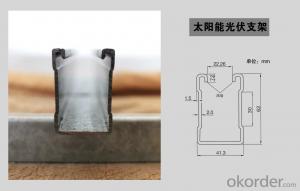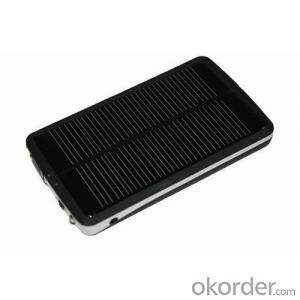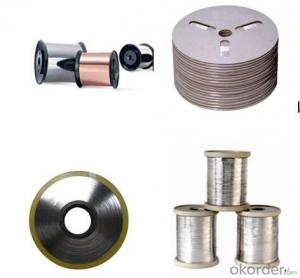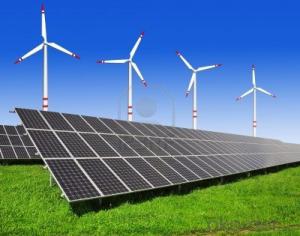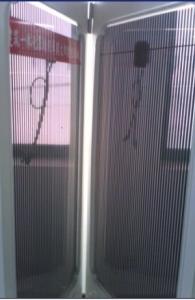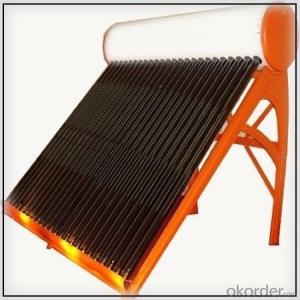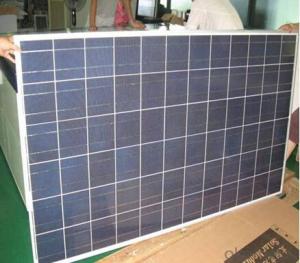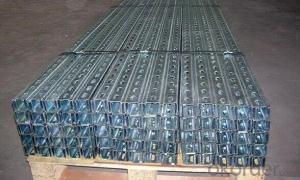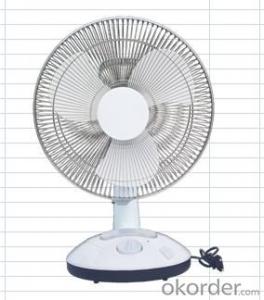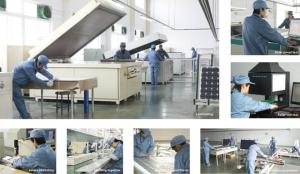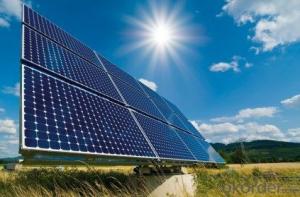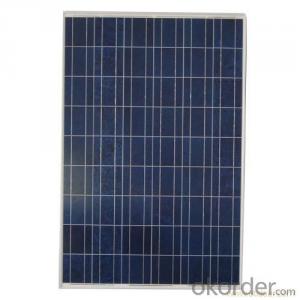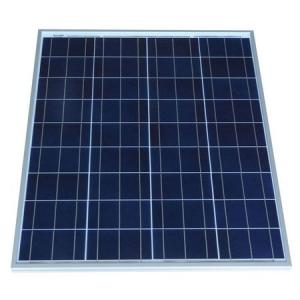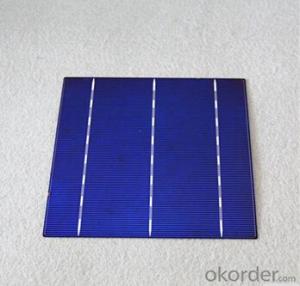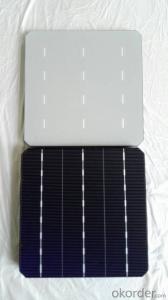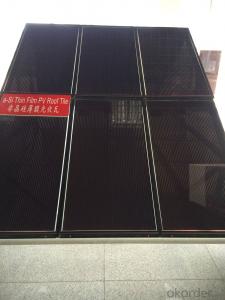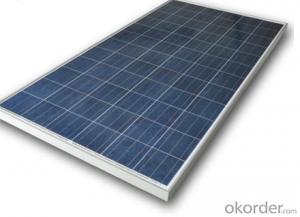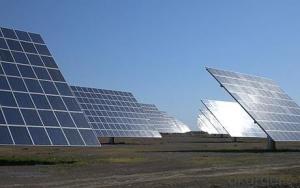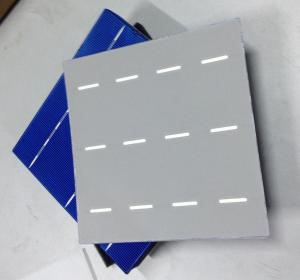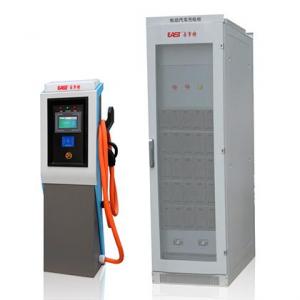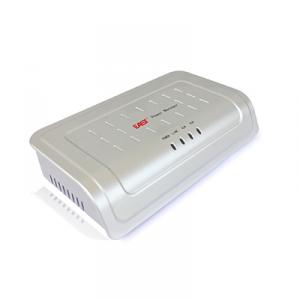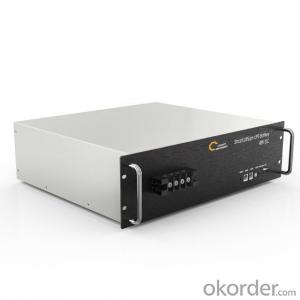Cons Of Solar Cells
Cons Of Solar Cells Related Searches
Problems With Solar Cells Pros Of Solar Cells Advantages Of Solar Cells Benefits Of Solar Cells Limitations Of Solar Cells Cost Of Solar Cells Are Solar Cells Expensive Facts About Solar Cells Are Solar Cells Cost Solar Cells Are Solar Cells Efficient Efficiency Of Solar Cells Organic Solar Cells Advantages Cost Of Solar Cells Over Time Buy Solar Cells Purchase Solar Cells Cost Of Silicon Solar Cells Production Of Solar Cells Low Cost Solar Cells Best Solar Cells Advantages Of Solar Inverter Better Solar Cells Creating Solar Cells Are Solar Cells Renewable Build Solar Panel From Cells Cheap Solar Cells Best Solar Cells To Buy Are Solar Cells Recyclable Buy Cheap Solar Cells Building Solar CellsCons Of Solar Cells Supplier & Manufacturer from China
Solar cells, also known as photovoltaic cells, are devices that convert sunlight into electricity. Despite their numerous advantages, there are certain cons associated with their use, such as high initial costs, energy production limitations during cloudy days, and the environmental impact of manufacturing and disposal. These drawbacks must be considered when evaluating the overall effectiveness and sustainability of solar energy systems.Solar cells have a wide range of applications, from powering small electronic devices to providing energy for entire homes and commercial buildings. They are particularly useful in remote areas where traditional power sources are not readily available, as well as in urban settings where space for solar panel installation is limited. The versatility of solar cells makes them an attractive option for various usage scenarios, although it is essential to weigh the cons against the benefits.
Okorder.com is a reputable wholesale supplier of solar cells and related products, offering a vast inventory to cater to the needs of various customers. By partnering with Okorder.com, businesses and individuals can access high-quality solar cells and take advantage of competitive pricing. This partnership allows for the efficient procurement of solar cells, enabling users to harness the power of renewable energy while being mindful of the cons associated with their use.
Hot Products







